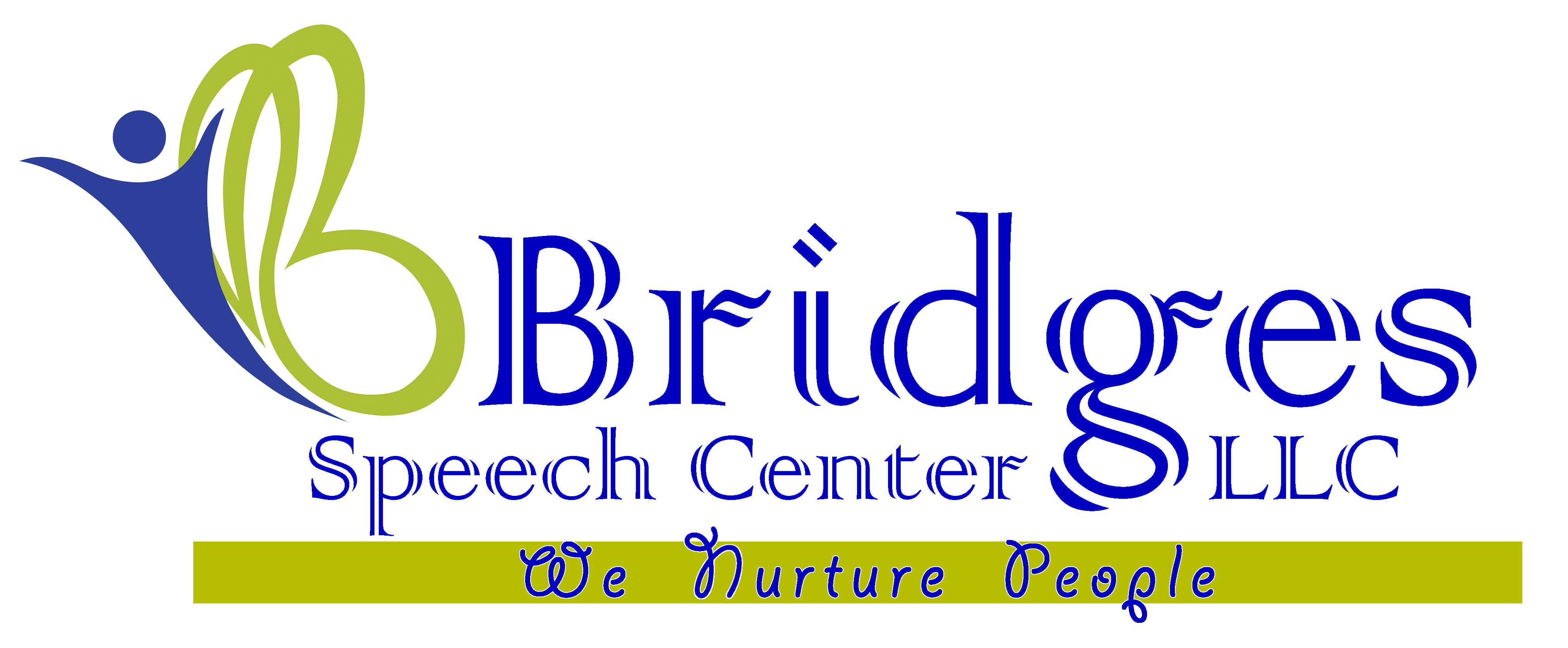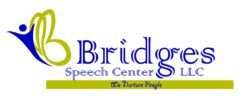- About Us
- Our Services
- Speech Therapy
- Speech and Language Therapies for Adults in Dubai
- Speech and Language Therapies for Children in Dubai
- Accent therapy
- Augmentative Alternative Communication (AAC) Therapy
- Articulation Speech Therapy
- Auditory Processing therapy/ Auditory verbal therapy
- Language Intervention: Speech Delay therapy
- Oral Motor Therapy
- Play Based therapy
- PROMPT/DTTC/RePT for Childhood Apraxia of Speech
- Social communication/Pragmatic language therapy
- Stuttering / Stammering therapy Program
- Spellography Program for Dyslexia
- Voice Therapy
- Home Care Services
- Feeding Therapy
- Physiotherapy
- Pediatric and Geriatric Physiotherapy
- Fall Prevention Programs for the Elderly
- Developmental Delay Treatment for Children
- Cerebral Palsy Management for Children
- Pediatric Orthopedic Conditions
- Osteoporosis Management for the Elderly
- Sports Injuries in Children
- Mobility and Balance Training for Elderly
- Joint Pain Treatment (Knee, Shoulder, Hip)
- Age-Specific Exercise Programs
- Coordination and Balance Exercises
- Orthopedic Physiotherapy
- Neurological Physiotherapy
- Sports Physiotherapy
- Cardiopulmonary Physiotherapy
- Women’s Health Physiotherapy
- Manual Therapy
- Therapeutic Exercise
- Pain Management
- Electrotherapy
- Hydrotherapy
- Ergonomic Consultation
- Tele-Physiotherapy Services
- Pediatric and Geriatric Physiotherapy
- Occupational Therapy
- Sensory Integration
- Clinical Psychology & Psychotherapy
- Cognitive Behavioral Therapy(CBT)
- ABA /Behavior Therapy
- Bridge Learning Program
- Group therapy
- Summer/Winter Program
- Telehealth Services
- Training Program/CEU
- Internship/ Observership
- Dynamic Movement Intervention (DMI)
- Cuevas Medak Exercise (CME)
- Speech Therapy
- Super Team
- Collaboration
- Training Course
- News/Blogs
- About Us
- Our Services
- Speech Therapy
- Speech and Language Therapies for Adults in Dubai
- Speech and Language Therapies for Children in Dubai
- Accent therapy
- Augmentative Alternative Communication (AAC) Therapy
- Articulation Speech Therapy
- Auditory Processing therapy/ Auditory verbal therapy
- Language Intervention: Speech Delay therapy
- Oral Motor Therapy
- Play Based therapy
- PROMPT/DTTC/RePT for Childhood Apraxia of Speech
- Social communication/Pragmatic language therapy
- Stuttering / Stammering therapy Program
- Spellography Program for Dyslexia
- Voice Therapy
- Home Care Services
- Feeding Therapy
- Physiotherapy
- Pediatric and Geriatric Physiotherapy
- Fall Prevention Programs for the Elderly
- Developmental Delay Treatment for Children
- Cerebral Palsy Management for Children
- Pediatric Orthopedic Conditions
- Osteoporosis Management for the Elderly
- Sports Injuries in Children
- Mobility and Balance Training for Elderly
- Joint Pain Treatment (Knee, Shoulder, Hip)
- Age-Specific Exercise Programs
- Coordination and Balance Exercises
- Orthopedic Physiotherapy
- Neurological Physiotherapy
- Sports Physiotherapy
- Cardiopulmonary Physiotherapy
- Women’s Health Physiotherapy
- Manual Therapy
- Therapeutic Exercise
- Pain Management
- Electrotherapy
- Hydrotherapy
- Ergonomic Consultation
- Tele-Physiotherapy Services
- Pediatric and Geriatric Physiotherapy
- Occupational Therapy
- Sensory Integration
- Clinical Psychology & Psychotherapy
- Cognitive Behavioral Therapy(CBT)
- ABA /Behavior Therapy
- Bridge Learning Program
- Group therapy
- Summer/Winter Program
- Telehealth Services
- Training Program/CEU
- Internship/ Observership
- Dynamic Movement Intervention (DMI)
- Cuevas Medak Exercise (CME)
- Speech Therapy
- Super Team
- Collaboration
- Training Course
- News/Blogs
Table of Contents
ToggleStuttering / Stammering Therapy Treatment in Dubai
- Home
- Our Services
- Stuttering / Stammering Therapy
Stuttering therapy for adults
Stuttering therapy for adults, also known as fluency therapy, is a specialized intervention designed to help individuals who stutter improve their speech fluency, communication confidence, and overall quality of life. Stuttering is a communication disorder characterized by disruptions in the natural flow of speech, which can include repetitions, prolongations, and blocks of sounds, syllables, or words. Stuttering therapy aims to reduce the frequency and severity of these disruptions, enhance speech clarity, and empower individuals to communicate more effectively. Here’s a detailed look at stuttering therapy for adults:
Assessment
- Comprehensive Evaluation: The therapy begins with a thorough assessment conducted by a speech-language pathologist (SLP). This assessment evaluates the individual’s stuttering patterns, severity, associated behaviors (e.g., physical tension or secondary behaviors like eye blinking), emotions related to stuttering, and overall communication needs.
- Baseline Determination: Establishing a baseline helps in tracking progress and customizing the therapy plan.
- Holistic Approach: Includes understanding the individual’s personal, social, and professional communication needs to ensure therapy is relevant and comprehensive.
Individualized Treatment
- Personalized Plans: Treatment is highly individualized, considering the unique stuttering patterns, emotional responses, and specific goals of the individual.
- Goal Setting: Clear, achievable goals are set in collaboration with the individual to guide the therapy process.
Education and Awareness
- Understanding Stuttering: Therapy starts with educating individuals about the nature of stuttering, its causes (e.g., genetic factors, neurological differences), and factors that can exacerbate it (e.g., stress, fatigue).
- Reducing Misconceptions: By increasing awareness, individuals can reduce self-stigma and understand that stuttering is a manageable condition.
Fluency Techniques
Therapy introduces various techniques aimed at reducing stuttering moments and promoting smoother speech:
- Slow and Easy Speech: Encouraging a slower speech rate with gentle onset of sounds to minimize disruptions.
- Easy Onset: Starting words with minimal tension or resistance to promote smoother speech initiation.
- Prolonged Speech: Deliberately prolonging the initial sounds of words to reduce tension and increase fluency.
- Pausing and Phrasing: Learning to insert appropriate pauses and break sentences into manageable phrases for smoother speech flow.
Breathing Techniques
- Relaxation and Tension Reduction: Teaching diaphragmatic breathing techniques to promote relaxation and ease tension, which can contribute to more fluent speech.
- Controlled Breathing: Strategies to control breathing patterns during speech to reduce the likelihood of stuttering.
Desensitization
- Reducing Fear and Anxiety: Strategies to desensitize individuals to the fear and anxiety associated with stuttering, helping to reduce the impact of negative emotions on speech.
- Exposure Therapy: Gradually exposing individuals to feared speaking situations to reduce anxiety and build confidence.
Cognitive-Behavioral Approaches
- Emotional and Psychological Support: Addressing the emotional and psychological aspects of stuttering to help individuals manage anxiety, build confidence, and adopt positive attitudes toward their communication.
- Cognitive Restructuring: Helping individuals change negative thought patterns related to stuttering.
Self-Monitoring
- Awareness: Teaching individuals to become aware of their speech patterns and identify moments of stuttering.
- Progress Tracking: Encouraging individuals to track their progress and use fluency-enhancing strategies consistently.
Practice and Generalization
- Therapy Sessions: Fluency techniques are practiced intensively during therapy sessions.
- Real-Life Application: Gradually generalizing these techniques to real-life communication situations to ensure effectiveness outside the therapy environment.
Communication Styles
- Adaptation: Exploring different communication styles and techniques that suit the individual’s comfort and communication goals.
- Assertiveness Training: Helping individuals develop assertive communication skills to manage conversations effectively.
Voluntary Stuttering
- Control and Acceptance: Engaging in voluntary stuttering exercises to help reduce the fear of stuttering and promote a sense of control over speech.
- Desensitization: Reducing the emotional impact of stuttering by intentionally stuttering in a controlled manner.
Support Groups
- Peer Support: Group therapy sessions or support groups provide opportunities for individuals who stutter to connect, share experiences, and practice communication in a supportive environment.
- Community Building: Building a sense of community and support among individuals who stutter.
Maintenance and Relapse Prevention
- Sustaining Progress: As progress is made, therapy focuses on maintaining gains and providing strategies for preventing relapse.
- Long-Term Strategies: Equipping individuals with long-term strategies to manage stuttering in various situations.
Psychosocial Support
- Emotional Well-Being: Addressing the emotional impact of stuttering and providing support for building confidence, reducing frustration, and enhancing overall well-being.
- Holistic Care: Ensuring therapy addresses not just speech fluency but also the overall quality of life and mental health.
Summary
Stuttering therapy for adults not only targets improved speech fluency but also aims to boost self-confidence and promote effective communication. By providing individuals with a range of techniques, strategies, and coping mechanisms, stuttering therapy empowers adults to navigate conversations more smoothly, express themselves with greater ease, and overcome the challenges associated with stuttering.
Make Appointment
Testimonials
What Parents Say
Send us an email if you wish to talk to any of them. For more reviews, please go to Google reviews.

My experience with bridges speech centre has been great. My child is attending OT in the center and we are happy and proud with the progress Mrs. Richa has made. The therapists are very supportive and knowledgable in selecting techniques to suit with our child's requirements . Their monthly review and evaluation is remarkable. I highly recommend bridges speech centre to anyone looking for an affordable and professional therapy for their child....

We were asked to consult a speech therapist for my son. As parents we were quite skeptical about this whole process. However, once my son started attending Dr Rupali’s sessions we noticed a drastic improvement in his speech. He used to speak only a few words but within the 1st four sessions he started speaking up-to 5 words sentences. I also learnt to manage my child’s emotions better with Dr Rupali’s guidance. She is very cooperative and patiently answer all questions.

We took our 21 month old daughter to Bridges speech center following her cleft palate surgery as she needed Speech therapy. Ms.Rupali was recommended to us by both our Pediatrician and ENT specialist. The staff at Bridges are qualified, warm and friendly. My daughter loved to attend the speech therapy sessions. Through various techniques and simulations provided during these sessions, I can see considerable improvement in my daughter's speech. Lastly I would say, no child is same, as parents we need to be patient and trust the process.

Rupali was excellent. In just couple of sessions she helped my child overcome difficulty in pronouncing ch and sh sound. Thanks very much.Highly recommend for children who will need assistance in speech therapy.
Blog & Article
Our Latest Blog & Articles
Are Hand Strengthening Toys Really Helpful?
Parents, athletes and busy professionals often ask a simple question with big implications...
What Is DMI Therapy and How It Supports Child Development
Families often hear about DMI during evaluations for motor delays and quickly search...


